第一篇 -- Sprint Tool Suite配置和Hello World编写
首先需要安装
1. Sprint Tool Suite(本次所用版本:spring-tool-suite-3.8.3.RELEASE-e4.6.2-win32-x86_64)
2. Tomcat(本次所用版本:apache-tomcat-7.0.85)
3. JDK(本次所用版本:jdk-8u161-windows-x64)
4. JRE(本次所用版本:jre-8u161-windows-x64)
备注:tomcat7本来默认端口是8080,由于电脑中之前装过tomcat11,所以在tomcat7\conf\server.xml中将端口改为8081,这样两个tomcat就不会冲突。
server.xml


<?xml version='1.0' encoding='utf-8'?>
<!--
Licensed to the Apache Software Foundation (ASF) under one or more
contributor license agreements. See the NOTICE file distributed with
this work for additional information regarding copyright ownership.
The ASF licenses this file to You under the Apache License, Version 2.0
(the "License"); you may not use this file except in compliance with
the License. You may obtain a copy of the License at http://www.apache.org/licenses/LICENSE-2.0 Unless required by applicable law or agreed to in writing, software
distributed under the License is distributed on an "AS IS" BASIS,
WITHOUT WARRANTIES OR CONDITIONS OF ANY KIND, either express or implied.
See the License for the specific language governing permissions and
limitations under the License.
-->
<!-- Note: A "Server" is not itself a "Container", so you may not
define subcomponents such as "Valves" at this level.
Documentation at /docs/config/server.html
-->
<Server port="8006" shutdown="SHUTDOWN">
<Listener className="org.apache.catalina.startup.VersionLoggerListener" />
<!-- Security listener. Documentation at /docs/config/listeners.html
<Listener className="org.apache.catalina.security.SecurityListener" />
-->
<!--APR library loader. Documentation at /docs/apr.html -->
<Listener className="org.apache.catalina.core.AprLifecycleListener" SSLEngine="on" />
<!--Initialize Jasper prior to webapps are loaded. Documentation at /docs/jasper-howto.html -->
<Listener className="org.apache.catalina.core.JasperListener" />
<!-- Prevent memory leaks due to use of particular java/javax APIs-->
<Listener className="org.apache.catalina.core.JreMemoryLeakPreventionListener" />
<Listener className="org.apache.catalina.mbeans.GlobalResourcesLifecycleListener" />
<Listener className="org.apache.catalina.core.ThreadLocalLeakPreventionListener" /> <!-- Global JNDI resources
Documentation at /docs/jndi-resources-howto.html
-->
<GlobalNamingResources>
<!-- Editable user database that can also be used by
UserDatabaseRealm to authenticate users
-->
<Resource name="UserDatabase" auth="Container"
type="org.apache.catalina.UserDatabase"
description="User database that can be updated and saved"
factory="org.apache.catalina.users.MemoryUserDatabaseFactory"
pathname="conf/tomcat-users.xml" />
</GlobalNamingResources> <!-- A "Service" is a collection of one or more "Connectors" that share
a single "Container" Note: A "Service" is not itself a "Container",
so you may not define subcomponents such as "Valves" at this level.
Documentation at /docs/config/service.html
-->
<Service name="Catalina"> <!--The connectors can use a shared executor, you can define one or more named thread pools-->
<!--
<Executor name="tomcatThreadPool" namePrefix="catalina-exec-"
maxThreads="150" minSpareThreads="4"/>
--> <!-- A "Connector" represents an endpoint by which requests are received
and responses are returned. Documentation at :
Java HTTP Connector: /docs/config/http.html (blocking & non-blocking)
Java AJP Connector: /docs/config/ajp.html
APR (HTTP/AJP) Connector: /docs/apr.html
Define a non-SSL HTTP/1.1 Connector on port 8081
-->
<Connector port="8081" protocol="HTTP/1.1"
connectionTimeout="20000"
redirectPort="8443" />
<!-- A "Connector" using the shared thread pool-->
<!--
<Connector executor="tomcatThreadPool"
port="8081" protocol="HTTP/1.1"
connectionTimeout="20000"
redirectPort="8443" />
-->
<!-- Define a SSL HTTP/1.1 Connector on port 8443
This connector uses the BIO implementation that requires the JSSE
style configuration. When using the APR/native implementation, the
OpenSSL style configuration is required as described in the APR/native
documentation -->
<!--
<Connector port="8443" protocol="org.apache.coyote.http11.Http11Protocol"
maxThreads="150" SSLEnabled="true" scheme="https" secure="true"
clientAuth="false" sslProtocol="TLS" />
--> <!-- Define an AJP 1.3 Connector on port 8010 -->
<Connector port="8010" protocol="AJP/1.3" redirectPort="8443" /> <!-- An Engine represents the entry point (within Catalina) that processes
every request. The Engine implementation for Tomcat stand alone
analyzes the HTTP headers included with the request, and passes them
on to the appropriate Host (virtual host).
Documentation at /docs/config/engine.html --> <!-- You should set jvmRoute to support load-balancing via AJP ie :
<Engine name="Catalina" defaultHost="localhost" jvmRoute="jvm1">
-->
<Engine name="Catalina" defaultHost="localhost"> <!--For clustering, please take a look at documentation at:
/docs/cluster-howto.html (simple how to)
/docs/config/cluster.html (reference documentation) -->
<!--
<Cluster className="org.apache.catalina.ha.tcp.SimpleTcpCluster"/>
--> <!-- Use the LockOutRealm to prevent attempts to guess user passwords
via a brute-force attack -->
<Realm className="org.apache.catalina.realm.LockOutRealm">
<!-- This Realm uses the UserDatabase configured in the global JNDI
resources under the key "UserDatabase". Any edits
that are performed against this UserDatabase are immediately
available for use by the Realm. -->
<Realm className="org.apache.catalina.realm.UserDatabaseRealm"
resourceName="UserDatabase"/>
</Realm> <Host name="localhost" appBase="webapps"
unpackWARs="true" autoDeploy="true"> <!-- SingleSignOn valve, share authentication between web applications
Documentation at: /docs/config/valve.html -->
<!--
<Valve className="org.apache.catalina.authenticator.SingleSignOn" />
--> <!-- Access log processes all example.
Documentation at: /docs/config/valve.html
Note: The pattern used is equivalent to using pattern="common" -->
<Valve className="org.apache.catalina.valves.AccessLogValve" directory="logs"
prefix="localhost_access_log." suffix=".txt"
pattern="%h %l %u %t "%r" %s %b" /> </Host>
</Engine>
</Service>
</Server>
编写HelloWorld
1. 双击STS.exe,接着选择自己创建项目的工作路径。
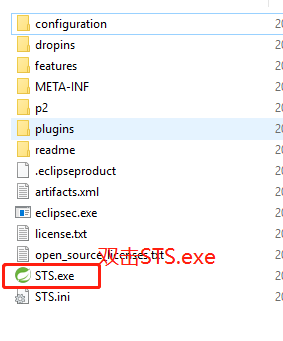

2. 工作界面如下
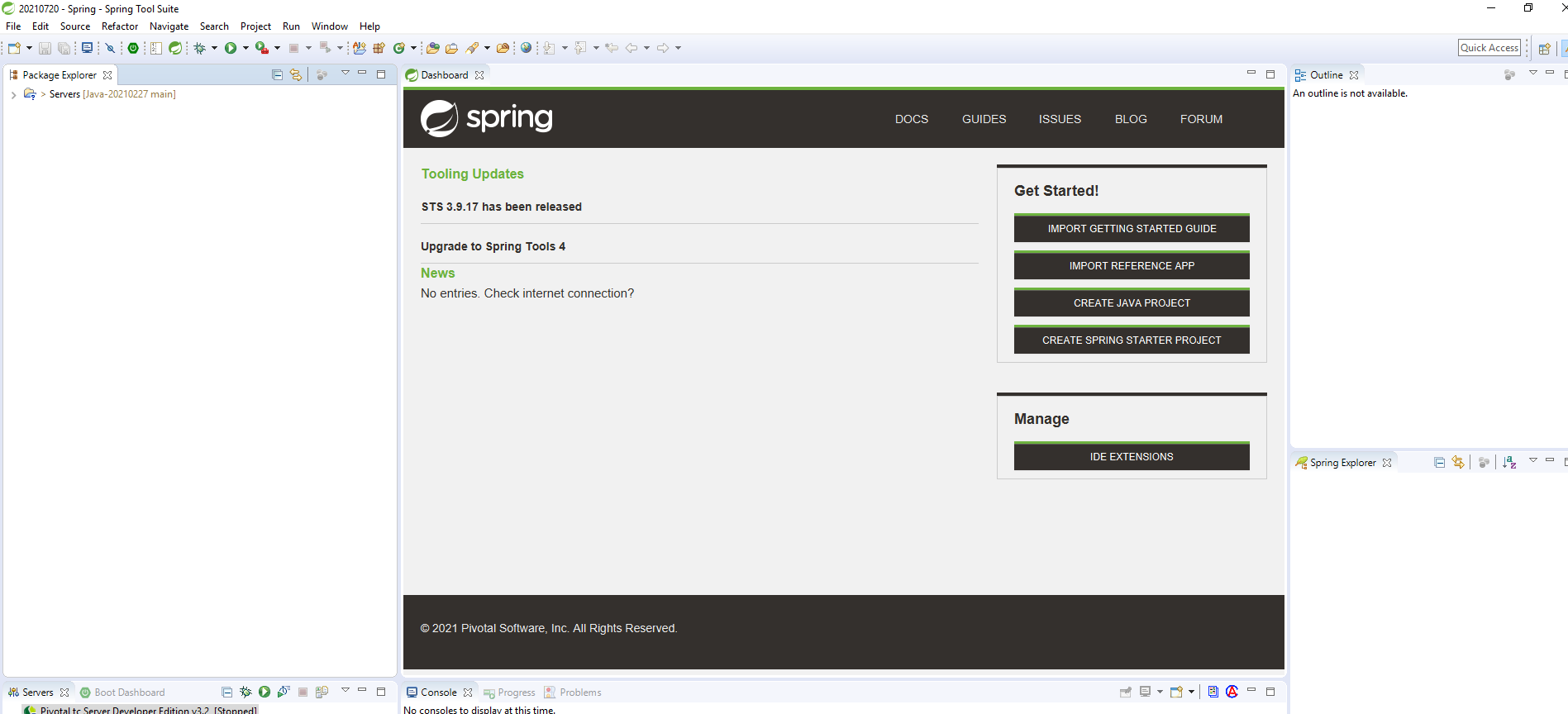
3. 配置JDK
Window->Preferences->Java->Installed JREs

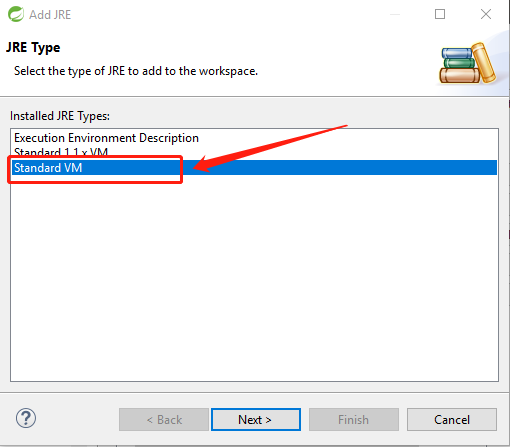
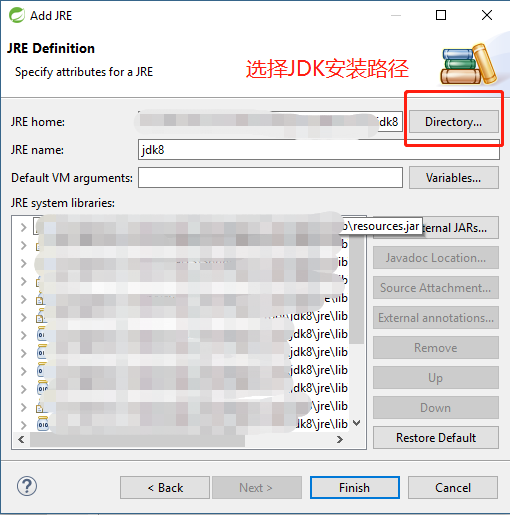

4. 配置Tomcat
Window->Preferences->Server->Runtime Environments
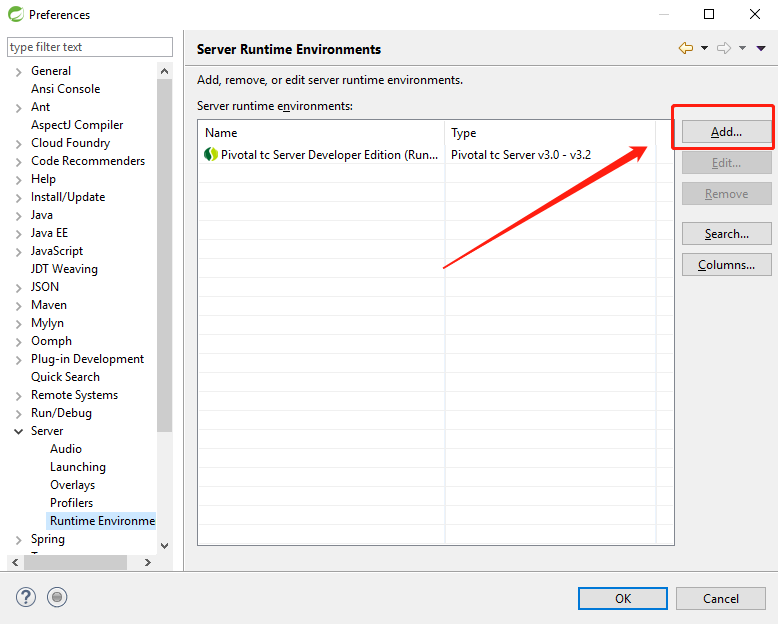
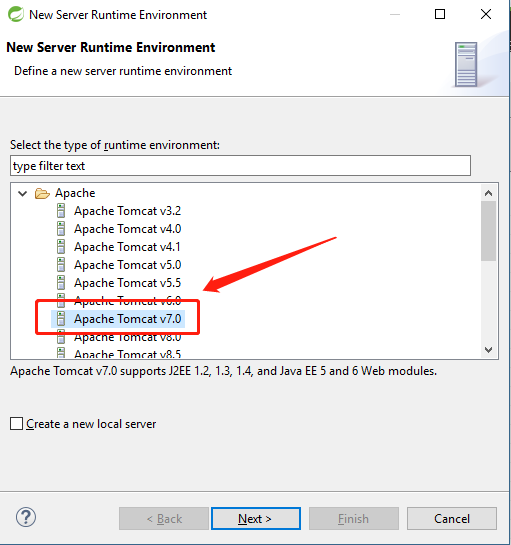

5. 新建项目File->New->Spring Legacy Project,等着它refresh结束,填写项目名,选择Spring MVC Project。

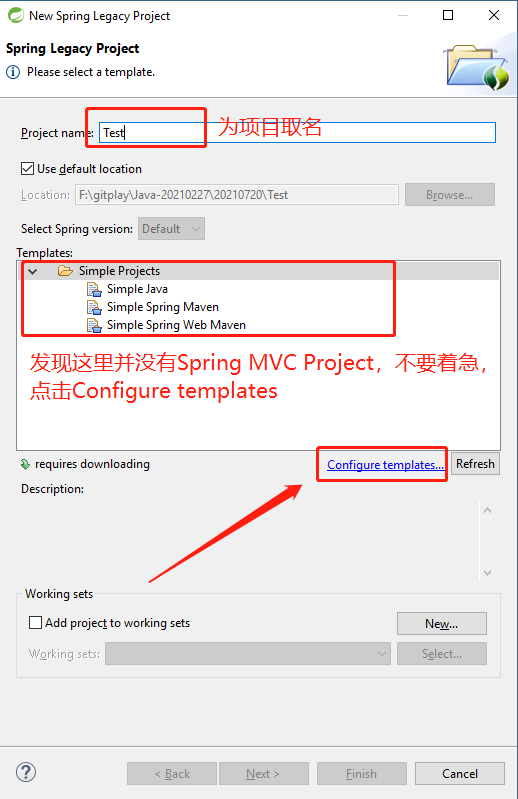




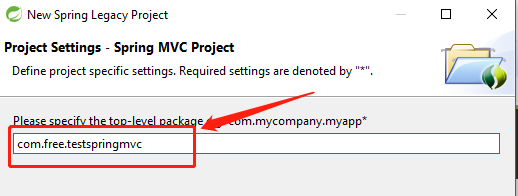
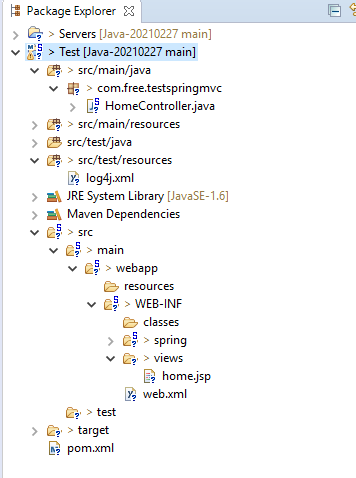
现在就新建好了项目。
6. Maven(保证网络通畅)
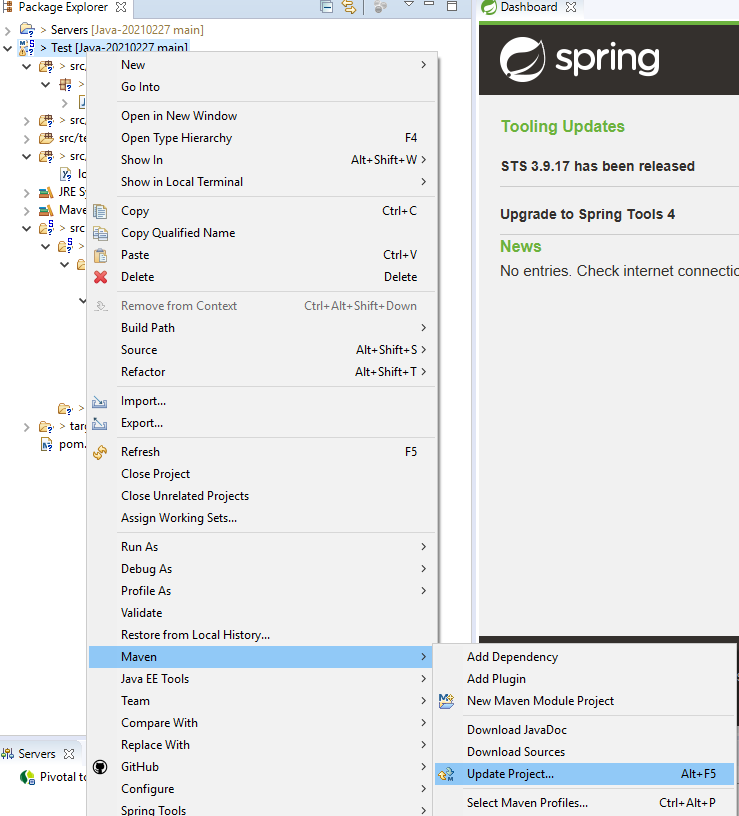
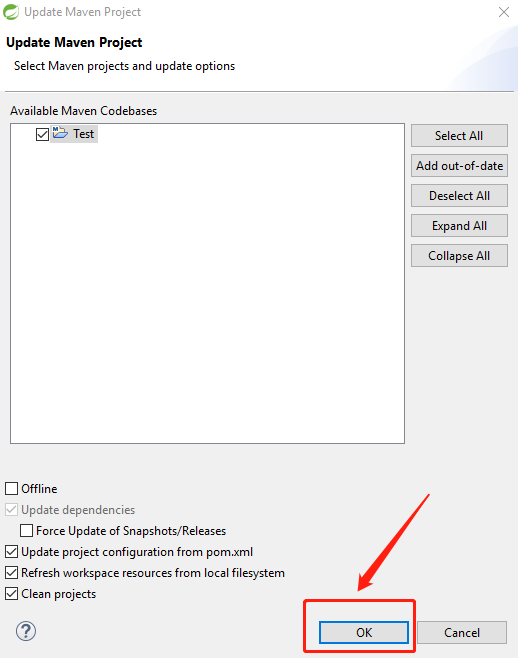
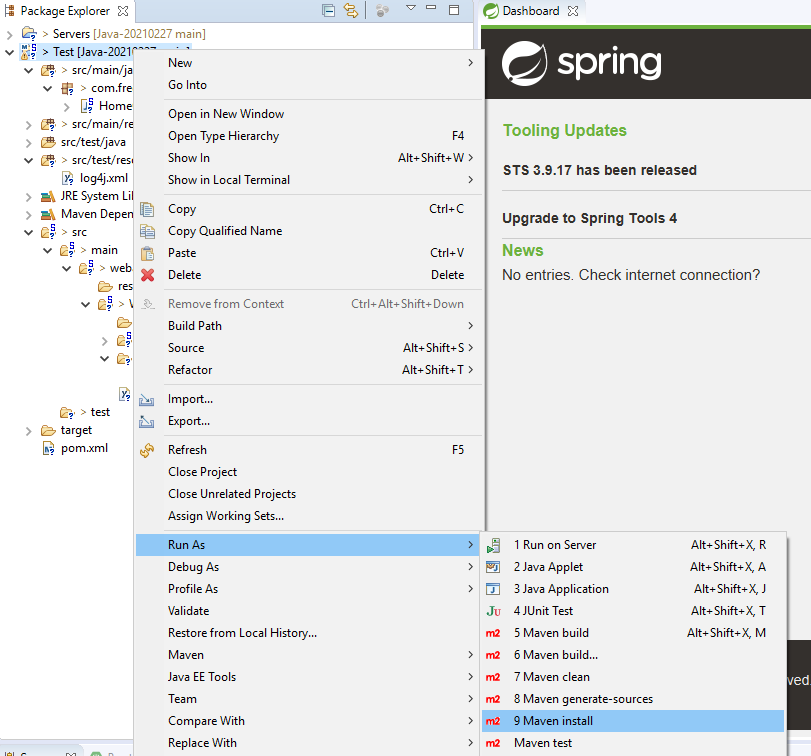

7. 运行程序

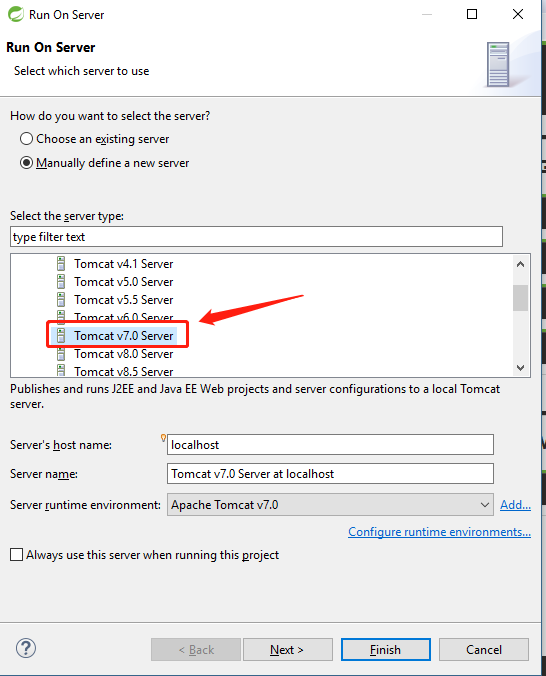

好了,到此为止,程序可以运行了,不过由于打印消息有中文,输出页面乱码,这跟编码有关,怎么解决呢,即将揭晓。
8. 解决中文乱码
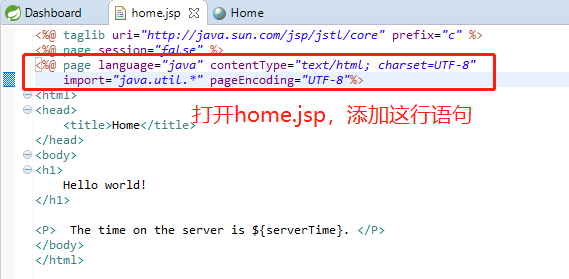
运行结果如下

一个Hello World就完成了。
第一篇 -- Sprint Tool Suite配置和Hello World编写的更多相关文章
- 在eclipse中,使用spring tool suite配置spring环境
本人第一次接触spring,在经过一天的努力之后,终于成功配置了spring环境. 使用spring tool suite配置 1.打开eclipse,选择help->Eclipse marke ...
- 从零开始使用git第一篇:下载安装配置
从零开始使用git 第一篇:下载安装配置 第一篇:从零开始使用git第一篇:下载安装配置 第二篇:从零开始使用git第二篇:git实践操作 第三篇:从零开始使用git第三篇:git撤销操作.分支操作和 ...
- Spring Tool Suite 配置和使用
Spring Tool Suite使用 1.下载地址: http://spring.io/tools 2.配置字符编码:UTF-8 默认的编码是ISO-8859-1的西欧文字编 1.windows-- ...
- Activiti第一篇【介绍、配置开发环境、快速入门】
Activiti介绍 什么是Activiti? Activiti5是由Alfresco软件在2010年5月17日发布的业务流程管理(BPM)框架,它是覆盖了业务流程管理.工作流.服务协作等领域的一个开 ...
- struts快速入门第一篇 —— struts相关XML配置映射及讲解
我们回忆一下在学习JavaWeb过程中(Jsp + servlet编程)所感受到的Servlet的不足: 1 Servllet很多时,web.xml中的代码会很多.这样一来,维护起来就不方便,不利于团 ...
- .net core工具组件系列之Redis—— 第一篇:Windows环境配置Redis(5.x以上版本)以及部署为Windows服务
Cygwin工具编译Redis Redis6.x版本是未编译版本(官方很调皮,所以没办法,咱只好帮他们编译一下了),所以咱们先下载一个Cygwin,用它来对Redis进行编译. Cygwin下载地址: ...
- 国内第一篇详细讲解hadoop2的automatic HA+Federation+Yarn配置的教程
前言 hadoop是分布式系统,运行在linux之上,配置起来相对复杂.对于hadoop1,很多同学就因为不能搭建正确的运行环境,导致学习兴趣锐减.不过,我有免费的学习视频下载,请点击这里. hado ...
- Spring Tool Suite 创建 SpringMVC+Maven 项目(一)!
使用Spring Tool Suite 创建 SpringMVC Web 项目,使用Maven来管理依赖! 首先对环境进行必要的配置 1. 配置必要的Java JDK版本! (菜单栏-窗口-首选项.) ...
- 第一个使用Spring Tool Suite(STS)和Maven建立的Spring mvc 项目
一.目标 在这篇文章中.我将要向您展示怎样使用Spring Frameworks 和 Maven build创建您的第一个J2ee 应用程序. 二.信息 Maven是一个java项目的构建工具(或者自 ...
随机推荐
- Python跨域问题解决集合
Flask 安装插件 pip install flask-cors 使用 CORS函数配置全局路由 from flask_cors import * app = Flask(__name__) COR ...
- Spring Cloud Gateway简单入门,强大的微服务网关
我最新最全的文章都在南瓜慢说 www.pkslow.com,欢迎大家来喝茶! 1 简介 见名知义,Spring Cloud Gateway是用于微服务场景的网关组件,它是基于Spring WebFlu ...
- 既然有 HTTP 请求,为什么还要用 RPC 调用?
首先,实名赞扬题主的问题.这个问题非常好. 其次,实名反对各个上来就讲RPC好而HTTP不好的答案.因为,题主的观点非常对. HTTP协议,以其中的Restful规范为代表,其优势很大.它可读性好,且 ...
- SCP,SSH应用
- Java基础-封装和继承
@ 目录 Java基础知识(封装和继承) 一. 封装 1.1 封装的目的 1.2 封装的好处 1.3 封装的步骤 1.4 封装的例子 1.5 小结 二. 继承 2.1 继承的介绍 2.2 生活中的继承 ...
- 渗透测试工具Burpsuite操作教程
Burpsuite简介 Burp Suite 是一款专业的Web和移动应用程序渗透测试工具,是用于攻击web 应用程序的集成平台,包含了许多工具.Burp Suite为这些工具设计了许多接口,以加快攻 ...
- js笔记6
1.函数都有返回值,人为return,返回什么就是什么,否则,他的返回值就是undefined 而方法的本质也是函数,所以也有返回值 document.getElementById()返回的是获取的标 ...
- explicit 关键字 禁止隐式转换
explicit可以抑制内置类型隐式转换,所以在类的构造函数中,使用explicit关键字,防止不必要的隐式转换
- 18、lnmp_wordpress安装
18.1.[root@web01 nginx]# mysql -uroot -p123456 mysql> show databases; #显示所有的数据库: +--------------- ...
- 精尽Spring Boot源码分析 - 配置加载
该系列文章是笔者在学习 Spring Boot 过程中总结下来的,里面涉及到相关源码,可能对读者不太友好,请结合我的源码注释 Spring Boot 源码分析 GitHub 地址 进行阅读 Sprin ...
